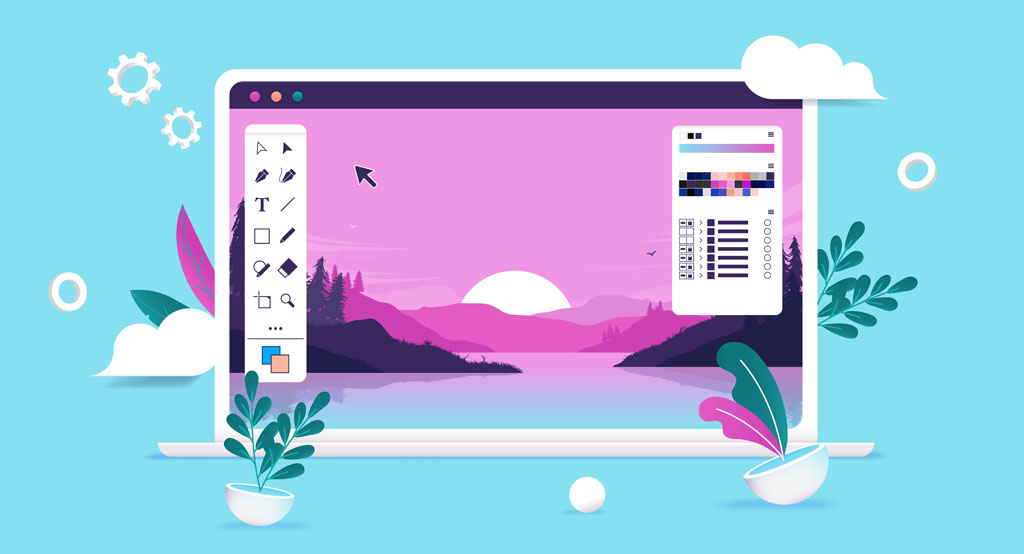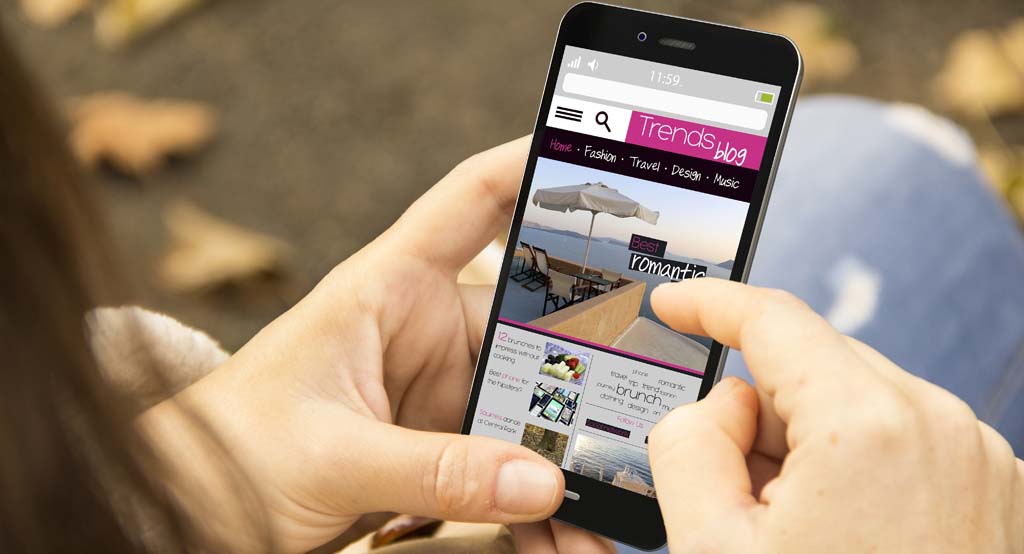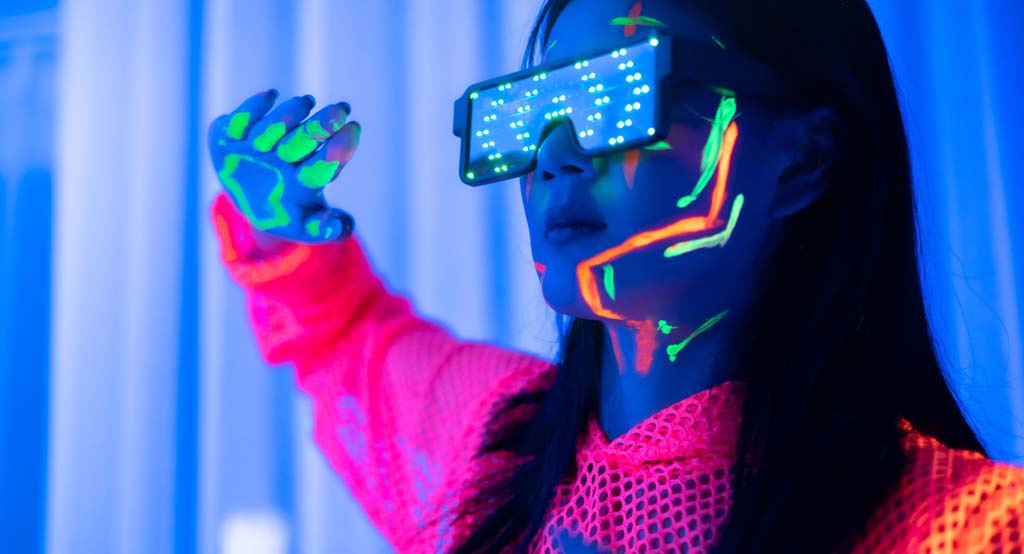I’ve been reading Visual Language For Designers, published in the late 2000s by Connie Malamed. What strikes me is that almost all the examples in the book are from print design sources such as magazines, posters or signage. There are numerous beautiful illustrations, where graphic designers can exercise their full creativity and communication skills. They can indulge their love of art while also presenting coherent information.
A decade ago print was still relevant, as this book clearly demonstrates. I recall still buying design magazines such as Creative Review and Eye. Websites were a side project, a brochure or screen document. Designers wrestled with HTML code. Early websites were more suited to magazine spreads or glossy brochures. We now know that people experience visual and mental fatigue from exposure to LED screens. There is also an overload of competing designs adding to the stress.
Digital Is A Deeper Form Of Communication
Digital application design is about simplicity and immediacy. It’s why much of the web we see today is very predictable, aside from differing brand colours and logos. Designers are now software engineers and purveyors of fleeting experiences. Artistic flair is restricted to impactful images, infographics or video. Typography has to be instantly scannable. Attention spans have shortened and device makers provide Dark Modes, brightness muting or Night Shifts, even for the daytime.
It is impossible to recapture, on a computer screen, the personal engagement we always felt with printed graphics on paper. The digital experience substitutes the visual sensations of print with feelings of accomplishing goals, getting things done. In many ways digital design is a deeper form of human communication, not at all passive like print. Which is hard to grasp, when there is no physical interaction.

Digital graphic artists are as much experience engineers as they are designers
Effective digital design requires the least demand on users cognitive load. An appealing image, empathetic tone and the all-important call to action. Users need a definitive action to take within a few seconds. Design has to be, dare I say, more than a little pushy. There is a fine line between manipulation and decisiveness. But you need to be very clear to your audience about the options available.
How will apps now evolve? Virtual reality networks are on the horizon and websites are certainly designed and built as software applications where there is a greater demand for upgrades and feature requests than there is for visual design improvements. Graphical design is largely standardised in the form of icons, navigation and brand guidelines.
Fleeting Seconds To Gain Someone’s Attention
It’s telling how we enjoy sharing photos of books or printed artwork online. The social aspect and sense of ownership provides the thrill. The desirable object of printing was the artwork itself, for the digital world it’s the device, the tablet or phone. Websites and apps largely look the same now. There isn’t a choice because of the fleeting seconds you have to draw someones attention.
I’ve said often that strong photography and calls to action really do matter. Computer code largely consist of functions, events and actions. A user inputs the variables. It’s only natural that the designed experience follows a similar pattern. So where does this all leave graphic artists working in product design?

App designs are standardised, consumers want to feel inspired, that they are part of the design
The basics of digital interface design can be taught in schools, even as young as primary I would say. Designing immersive product experiences requires a greater understanding of human psychology than it does typography. In many ways, the creative flair of digital design is provided by consumers.
It was inevitable that graphic designers in the 1990s, via desktop publishing or computer illustration, would eventually become coders. Senior art directors may have felt more threatened because they were less hands-on with technology. Development teams became integral to design agencies. And today psychologists can transfer their skills to product design.
Graphic Designers Are Experience Engineers
Web 2.0, as a globally adopted system is around 10 years old. Though it feels like it might be over before it ever got started. In another decade we will only use screens for virtual experiences or gaming. Desktop browsers will become as antique as printed magazines. Blogs will be read aloud by an AI robot, much like a podcast.
Graphic design is now as far removed from its arts and crafts origins as it has ever been. With AI developing fast, human participation in the visual arts becomes more collaborative. The basic tools of mechanical design are now sold as pre-written frameworks. Designers and product owners alike are experience engineers.

